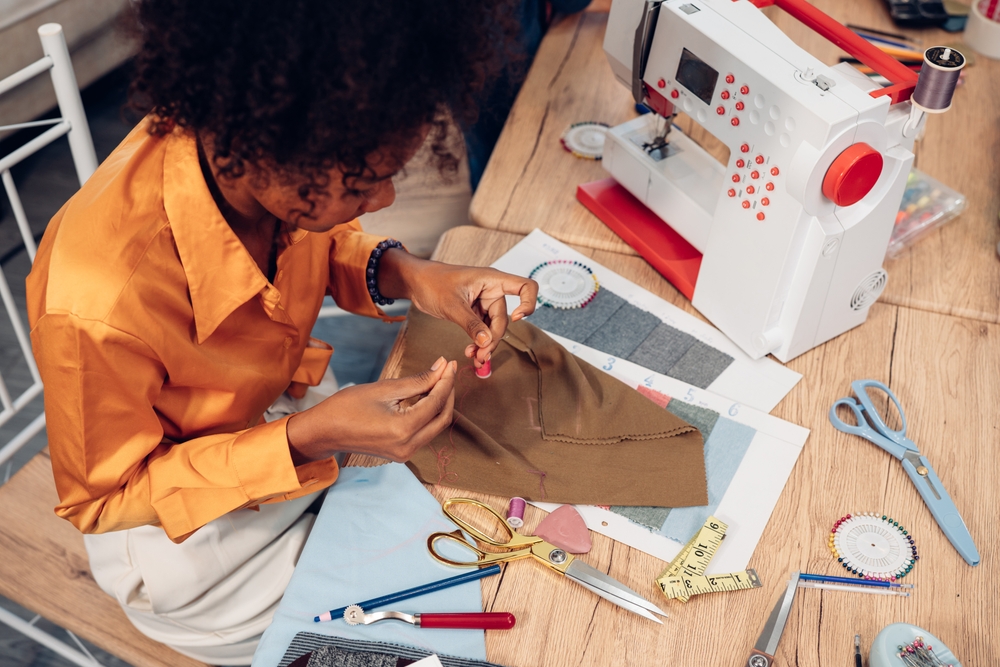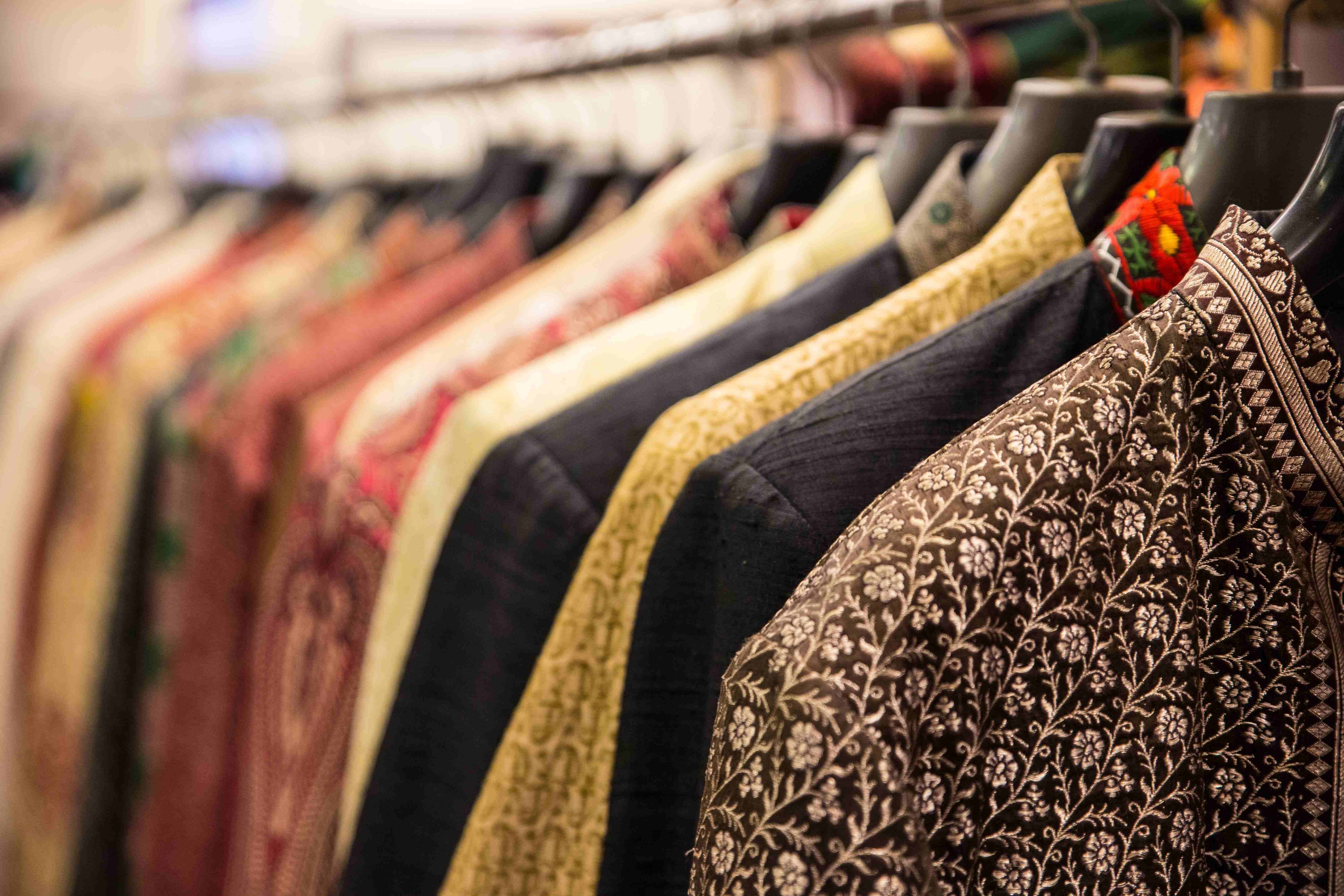Every Business Has a Style - How to Find Your Style in 5 Simple Steps


Summary: Understanding the business style is one of the most important aspects of running a business. Having a clear understanding of the business style allows for making better business decisions that take personality into account. Consequently, you could end up with a business that is more in line with your business objectives.
A lot may be inferred about a person from what they are wearing. Perhaps this explains why so many individuals find fashion and trends fascinating. If such individuals have distinctive and creative style books, a small business start up to the market, showcase, and sell them to customers is the smartest option for them to leverage this skill.
A completely distinctive style ensures that the work will always be admired for its originality. It is vital to constantly have a USP that none of the rivals can take away when it comes to the apparel industry. This is what distinguishes brands in the marketplace and sustains them.
A brand's style is what brings all of the elements of the business together in a cohesive, appealing, and consistent manner. A well-defined brand style makes a business memorable and noticeable. One's style represents themselves, their business, and their brand. Keep reading to find out how to find the brand's style books in 5 simple steps.
Five Steps to Find Your Style
1. Look in the Personal Closet
Style is a person's way of expressing themselves, whether via writing, artwork, or clothing. In fashion, "style" often refers to a "sense of style," or the way a person expresses through their choices, including their attire, hairstyle, accessories, and the way they pull off an outfit.
Consider the clothing that is currently hanging in the closet. Look through to analyze. Examine the prints, hues, patterns, and silhouettes that are more prevalent in it. The elements dominating the closet are part of personal style.

2. Look for Inspiration
Start by observing your close buddies and relatives who have outstanding perceptions of style. Invest considerable time on the internet and keep a close eye on the attire of friends and famous people. If there is a superstar or influencer whose tastes are interesting enough, try to find their stylist and get ideas from them. Fashion magazines are another fantastic source. Find style books and pick the most compatible ones.
Make a capsule wardrobe out of all your favorite items. When those picks are incorporated into one space, they might provide a sharper depiction of the style that the individual favors above all others.

3. Experiment
If the development does not appear to be anything deserving of praise, it is acceptable to change your mind amidst the process. Trying to get to grips with clothing to get the appearance one feels most happy in is the essence of personal style.
To be clear, this does not always imply that one should match everything exactly or wear extremely vibrant colors; just blend and match. Try pairing an article of clothing with the same colored footwear, blazer, blouse, and bottom, but in considerably different tones of the same color. Alternatively, combine opposite pattern combinations.
Even though there aren't many constraints on fashion these days, one should still want to keep it stylish and current. Always keep in mind that balance is important. To avoid looking out of proportion, balance out the designs.
One of the finest ways to determine what niche should be targeted is through experimentation because that segment will undoubtedly become the brand's USP in the future.
4. Make Mood Boards
Once the capsule has been created and components have been prioritized, make the final decision and create mood boards to determine whether a certain component was initially anticipated to launch with your firm. Mood boards help assess someone's flavor; if it is not what one is looking for, it may be time to reconsider and rejumble a few things.
There should still be a growing consensus or tone, even if the inspiration seems disconnected, like more muted tones or asymmetrical necklines. Select two or three pictures that best represent the style books of the club.

5. Start Designing
Since a designer is likely best at this, there is an opportunity for them to express their creativity. Make sure the designs speak volumes about the person who created them and the USPs of the brand. This is because the first public presentation of the collection would reveal a significant deal regarding the brand.

So What Would Be Your Style?
Even the best brands have to maintain a certain level of style. A brand's style should be reflected in everything from the logo to the style of the employees to the style of marketing and advertising. Use the above tips to redefine your brand!
Key Takeaways
- A business's style is what sets the firm apart from its competition.
- It gives your customers a clear picture of what the business does, how it does it, and why they should choose it.
- A business’s style always starts with its owner. That’s because the business itself is an extension of the business owner.
Fashion brands may overcome their manufacturing issues with the help of the strong technology platform provided by Fashinza. To help brands source items more effectively, Fashinza uses AI and data science.
Partner with Fashinza today!



















